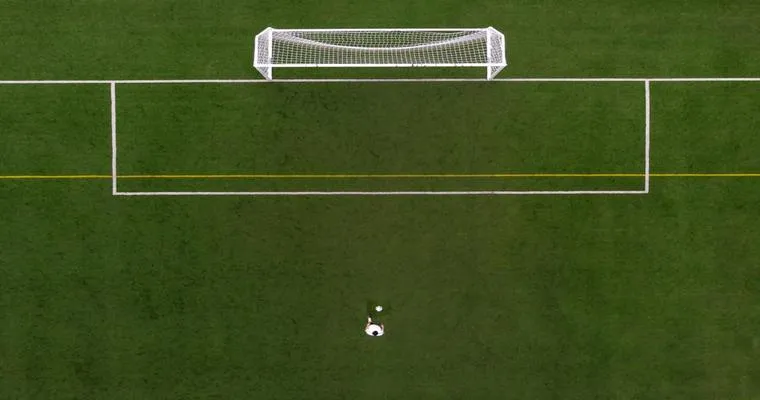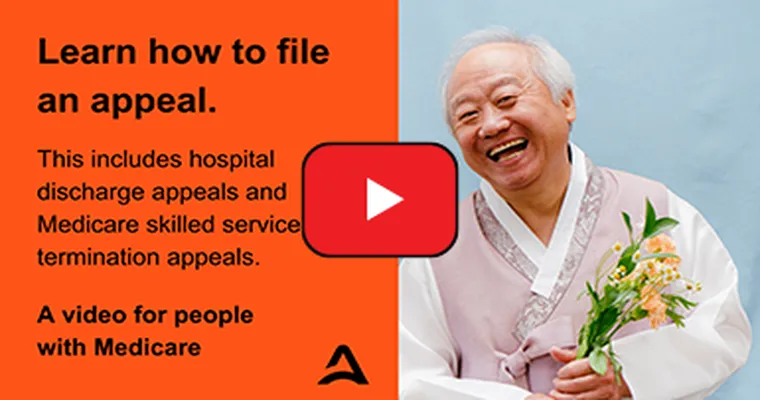Navigating the "Medicare Part D" system can be confusing, especially for seniors like grandma who may not be fully aware of the details. If her "Part D plan" was rejected and she didn't see the letter to fix it, you might be wondering: can she really not get coverage now? This article will explore the options available for seniors in this situation and provide guidance on how to regain "prescription drug coverage".
When a "Part D plan" is rejected, it often stems from issues such as incomplete enrollment, failure to meet eligibility criteria, or missed deadlines. The first step is to determine why the plan was rejected. If grandma didn’t receive the notification letter, this could complicate matters. However, it’s important to know that there are still options available.
1. "Contact the Plan Provider": The first course of action should be to reach out to the insurance company that provides the "Part D plan". They can provide clarity on why the plan was rejected and what steps need to be taken to resolve the issue. It is possible that they can resend the necessary documents or assist in rectifying any mistakes.
2. "Explore the Medicare Website": The official "Medicare website" is a valuable resource. Here, you can find information about different "Part D plans", eligibility requirements, and the appeals process if grandma believes her rejection was unjustified.
3. "Consider a Special Enrollment Period": If grandma missed the regular enrollment period due to not receiving the letter, she may qualify for a "Special Enrollment Period". This allows individuals to enroll in a "Part D plan" outside of the standard enrollment window if they meet certain criteria, such as losing other coverage or experiencing a significant life event.
4. "Look Into Other Coverage Options": If resolving the issue with the initial "Part D plan" proves difficult, consider other coverage options. There are various "Medicare Advantage plans" that include prescription drug coverage. Evaluating these alternatives could provide a solution for grandma’s medication needs.
5. "Seek Assistance from Medicare Counselors": Organizations such as the "State Health Insurance Assistance Program (SHIP)" offer free counseling for Medicare beneficiaries. They can help grandma understand her options and navigate the complexities of Medicare.
In conclusion, while a rejected "Part D plan" can be daunting, it doesn't have to mean the end of coverage for grandma. By taking proactive steps—contacting the plan provider, utilizing available resources, and exploring alternative options—she can still secure the prescription drug coverage she needs. It is crucial to act swiftly, as delays could lead to gaps in coverage that could impact her health. Always remember that help is available, and no one has to navigate these challenges alone.





